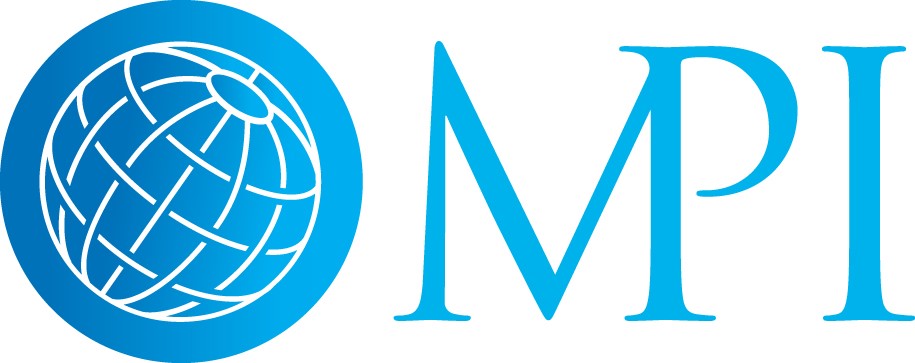By Jessie States
A SPECIAL SECTION BROUGHT TO YOU BY MEETING PROFESSIONALS INTERNATIONAL

Crowd management is a critical function of your safety and security event planning, and it is important to study flow patterns in and around your venues to identify manageable methods to prevent over-crowding at any location. Analyze your attendee arrival times, how they arrive and what they bring. Conduct surveys as people arrive, and ask where they parked, how they arrived (shuttle, mass transit) and how long they stood in line.
Monitoring and reacting to crowd movement will reduce congestion and enhance the attendee experience. It will help you to better plan for effective people movement through event, evacuation and sheltering-in-place. And it will limit your liability.
Remember that predictable is preventable. Anticipate crowd challenges and have trained staff and processes in place for rapid dissemination of specific instructions to prevent and mitigate potential problems.
There are three primary influences on crowd behavior (DIM).
- DESIGN:Site areas, different usage of space, static or moving crowds, capacity, ingress/egress flow rates, normal and emergency
- INFORMATION:Signage, maps, social media, news reports, site communication systems, normal and emergency information
- MANAGEMENT:Process, procedures, communication systems, chain of command, normal and emergency situations and relaying information to those responsible for public safety
There are also three primary phases of crowd movement/behavior (ICE).
- INGRESS: Getting in, queuing, screening, barrier design, information, management, flow rates, arrival profiles, early detection of problems
- CIRCULATION: Moving around, queuing, design, information/signage, management, contingency planning, red flagging
- EGRESS: Getting out, flow rates, egress times, congregating. Normal and emergency, red flagging
Ultimately, you want your crowd management plan to address the following.
- Ensure exits are marked, exit doors are operational and all egress paths are unobstructed
- Ensure fire alarms, sprinkler systems and emergency lighting is operational
- Ensure fire lanes are unobstructed
- Put in place an emergency notification plan, including how people will be notified and who will deliver the message
- Ensure aisles and other exit routes remain clear throughout the event
- Identify potential spaces and events where crowd management requirements would apply
- Develop a simple training program and a checklist to be used by crowd managers
Your Code of Conduct Top 10 List
As events increasingly become international affairs, establishing, communicating and enforcing codes of conduct have become more important than ever. These are the rules of acceptable and unacceptable behavior for your meeting and event attendees, and they are a critical part of the safety and security planning process for your meetings and events. Here are 10 tips to creating and utilizing a code of conduct for your meetings and events.
- Include a code of conduct in your event day program and online.
- Post signage where possible and be consistent with enforcement of your policy.
- Encourage and provide a platform/mechanism for your attendees to report violations (this will prevent confrontation and deter continued acts of unacceptable/disruptive behavior).
- Involve all stakeholders (venue management, event staff, attendees) in the process of establishing the code to ensure buy-in.
- Set standards, stick to them and hold violators accountable.
- Be fair and consistent across the board when enforcing code/policy violations.
- Advertise and enforce sanctions for inappropriate behavior.
- Create awareness as to what is acceptable and what is not.
- Communicate prior to and during the event.
- Set consistent expectation regardless of location.
Jessie States is the Director of the MPI Academy at Meeting Professionals International.